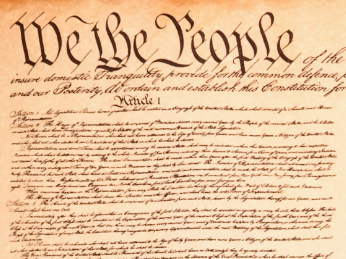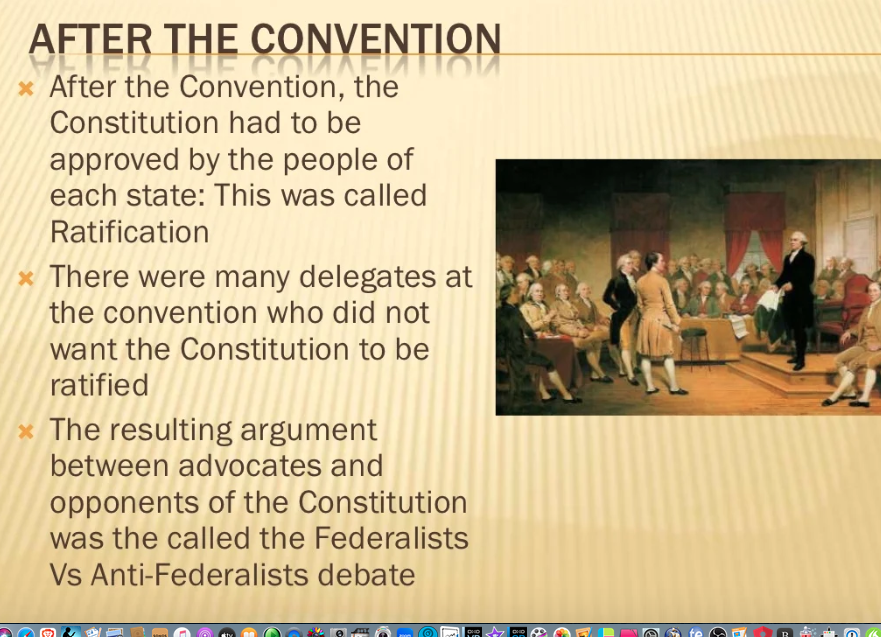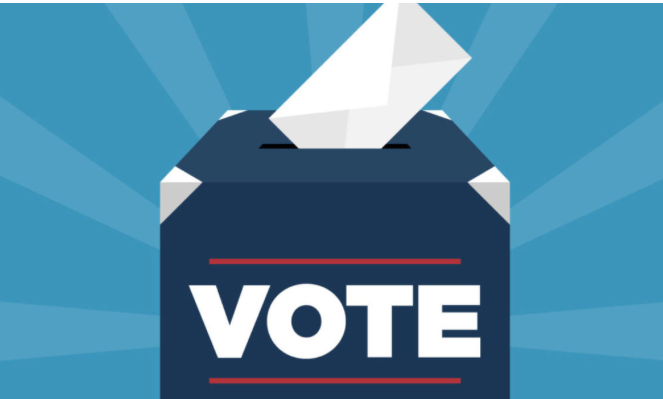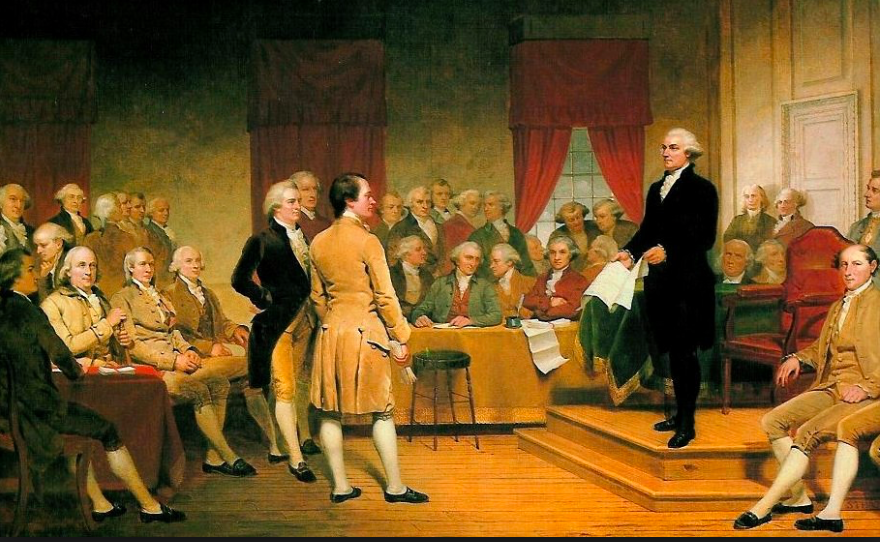The United States Constitution, the supreme law of the United States, is a foundational document of governance and civil rights. Structured into seven articles, it outlines the federal government’s framework and its relationship with the states and the citizenry.
Preamble
The Preamble sets the stage, declaring the Constitution’s purposes: to form a more perfect union, establish justice, ensure domestic tranquility, provide for the common defense, promote the general welfare, and secure the blessings of liberty.
Article I: Legislative Branch
Article I establishes the legislative branch, the U.S. Congress, comprising the Senate and House of Representatives. It delineates how members are elected, the terms of office, the legislative process, and the powers granted to Congress, including taxation, defense, and regulation of commerce.
Article II: Executive Branch
Article II outlines the executive branch, headed by the President. It defines the presidential election process, qualifications, and powers, including serving as commander-in-chief, conducting foreign policy, and ensuring laws are faithfully executed.
Article III: Judicial Branch
Article III establishes the judicial branch, including the Supreme Court and lower federal courts. It vests the judicial power in these courts, outlines their jurisdiction, and provides for the appointment of judges. This article ensures the independence and impartiality of the judiciary.
Article IV: States’ Relations
Article IV addresses the states’ powers and interactions. It guarantees each state a republican form of government, addresses states’ rights, and provides for the extradition of criminals between states. It also outlines the process for admitting new states.
Article V: Amendment Process
Article V describes the process of amending the Constitution. Amendments can be proposed by two-thirds of both houses of Congress or a convention called by two-thirds of state legislatures and require ratification by three-fourths of the states.
Article VI: Federal Power
Article VI contains the “Supremacy Clause,” declaring the Constitution, federal laws, and treaties as the supreme law of the land. It requires all federal and state officials to swear an oath to the Constitution.
Article VII: Ratification
Article VII outlines the process for ratification of the Constitution by the states and declares that the Constitution would take effect after nine states ratified it.
Core Concepts
- Separation of Powers: The Constitution divides the government into three branches (legislative, executive, judicial), each with its own distinct powers and responsibilities. This separation ensures no single branch can dominate the government.
- Checks and Balances: Each branch of government has specific powers that can check the other branches’ actions, preventing any one branch from exercising too much power.
- Enumerated Powers: The Constitution explicitly lists the federal government’s powers, limiting its scope and authority.
- Federalism: The system of federalism balances power between the national government and the states, with certain powers reserved for states.
- Judicial Review: Although not explicitly stated, judicial review, established in Marbury v. Madison (1803), allows the courts to interpret the Constitution and invalidate state and federal laws conflicting with the Constitution.
- Popular Sovereignty: The Constitution is based on the principle of popular sovereignty, where the government’s power is derived from the people.
- Rule of Law: The Constitution establishes the rule of law, stating that everyone, including government officials, is subject to the law.
- Necessary and Proper Clause: To make all Laws which shall be necessary and proper for carrying into Execution the foregoing Powers, and all other Powers vested by this Constitution in the Government of the United States, or in any Department or Officer thereof.
Sources: US Constitution;
https://sageadvices.com/what-was-a-major-goal-of-the-writers-of-the-constitution/
https://www.khanacademy.org/humanities/ap-us-government-and-politics/foundations-of-american-democracy/relationship-between-states-and-the-federal-government/a/relationship-between-the-states-and-the-federal-government-lesson-overview
https://www.studystack.com/flashcard-2340219







Recent Comments